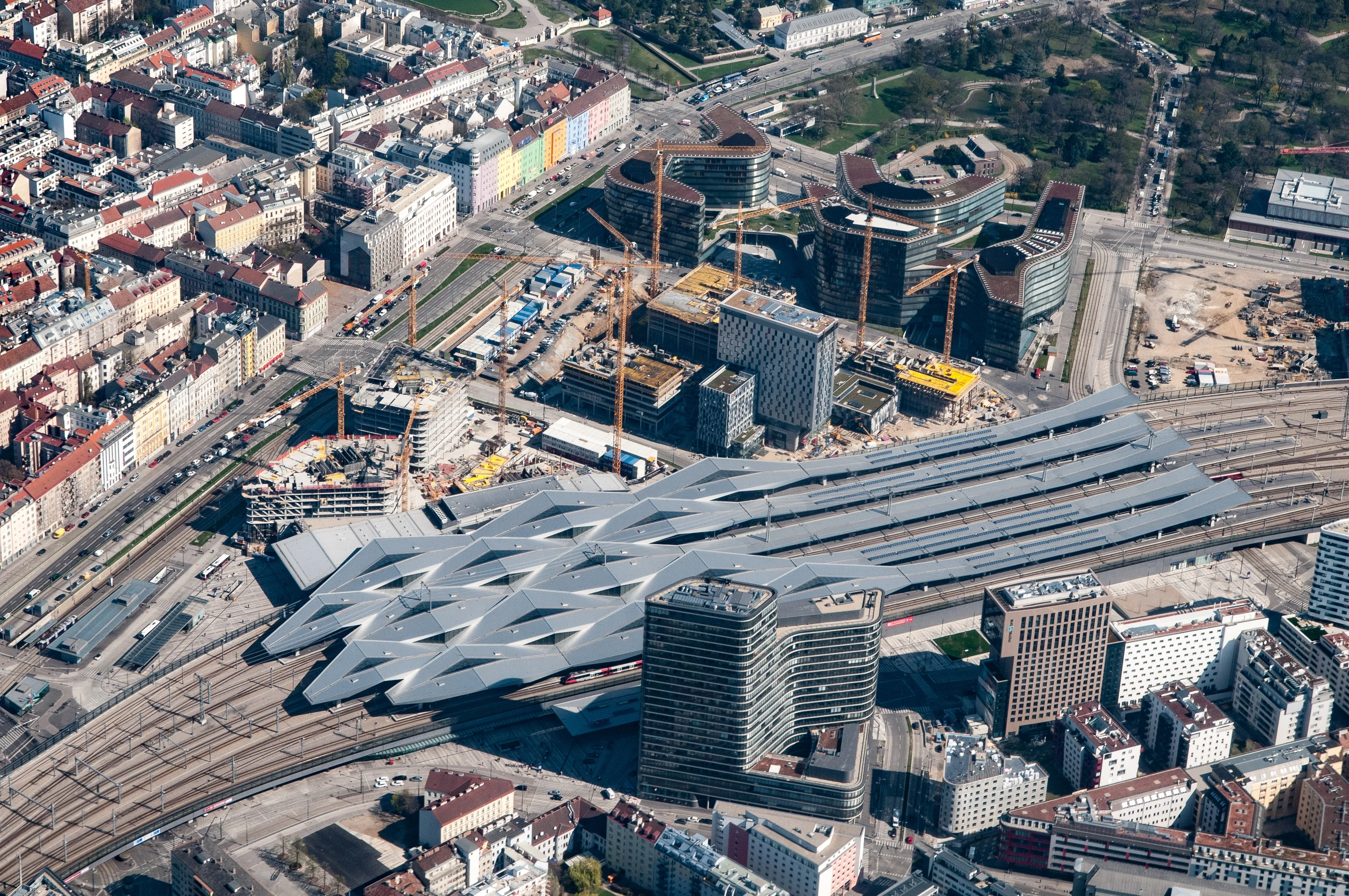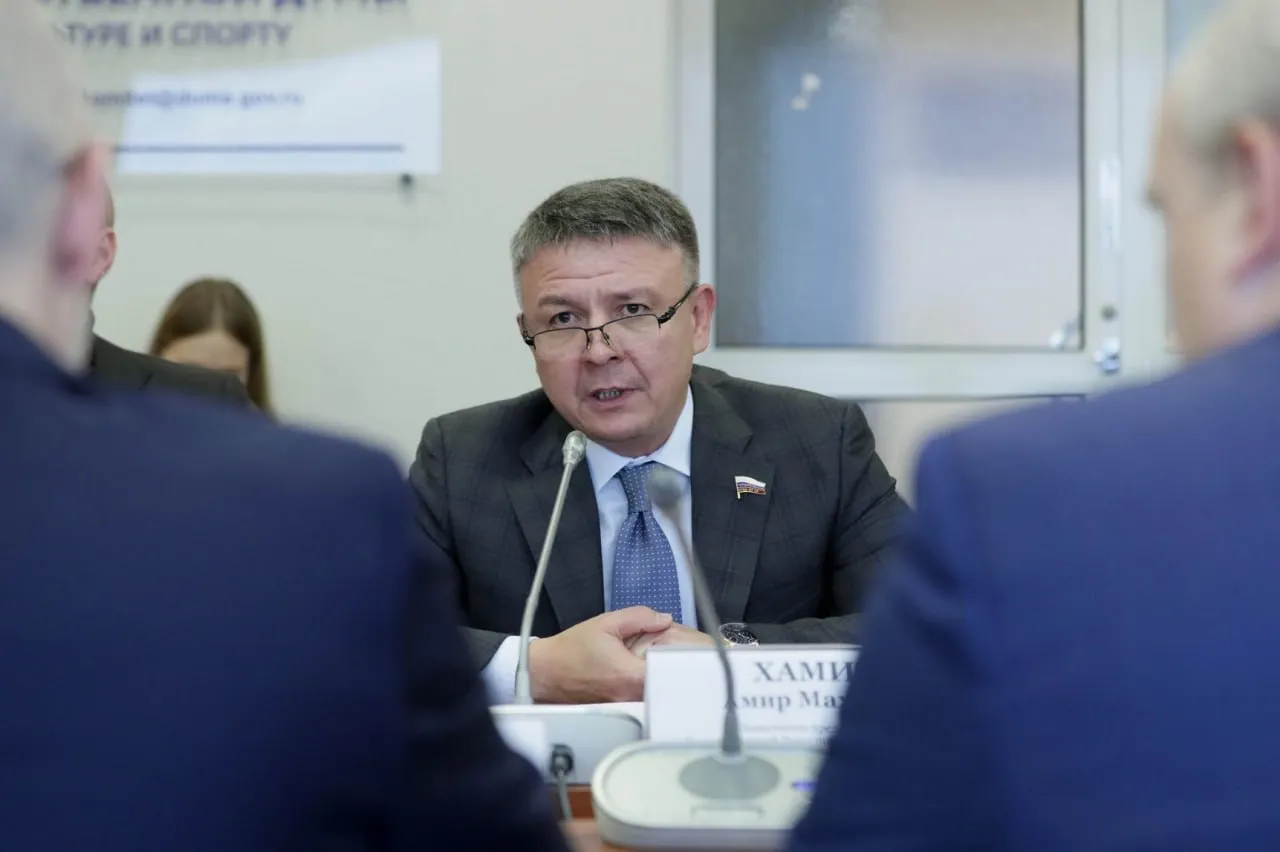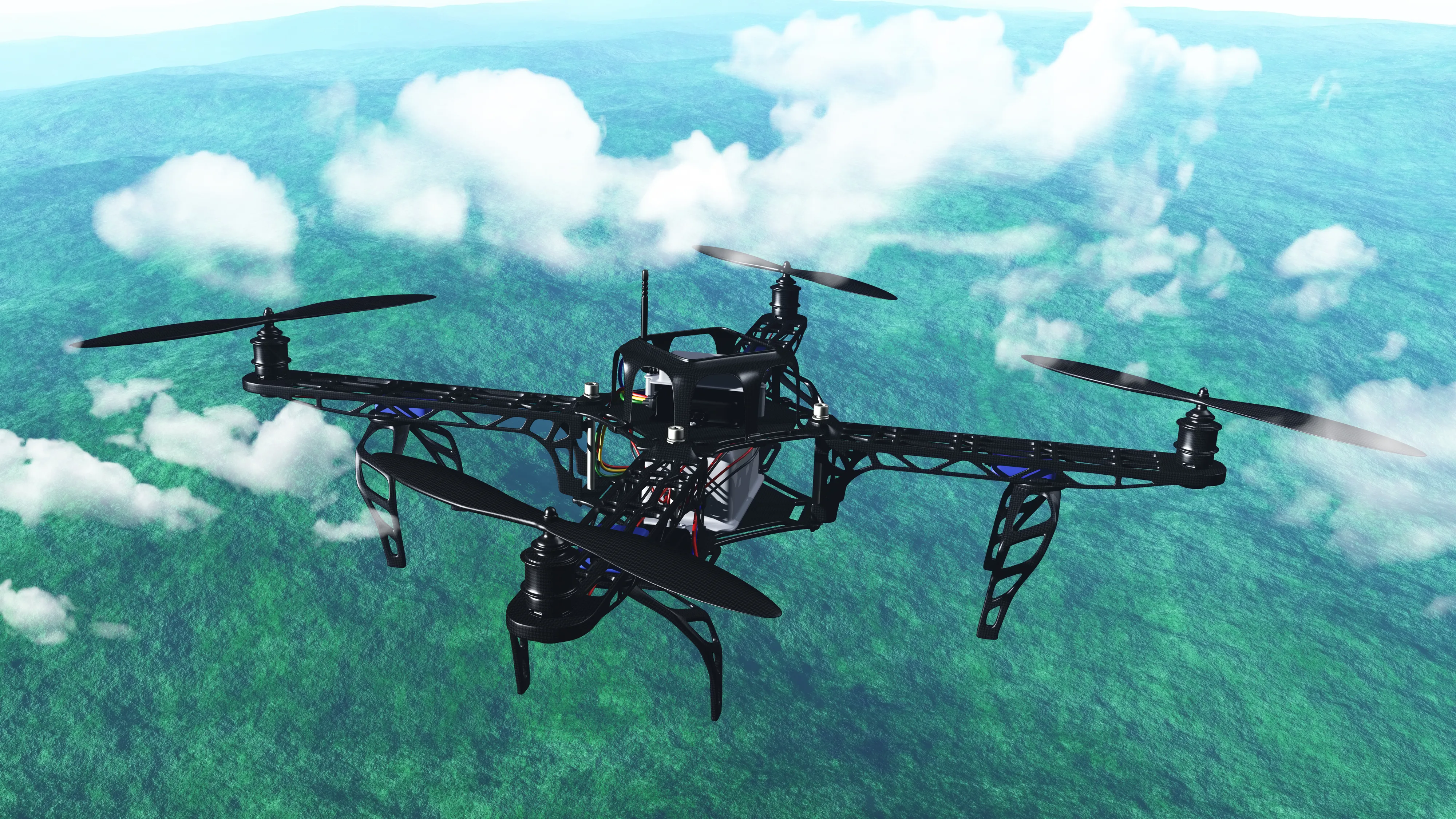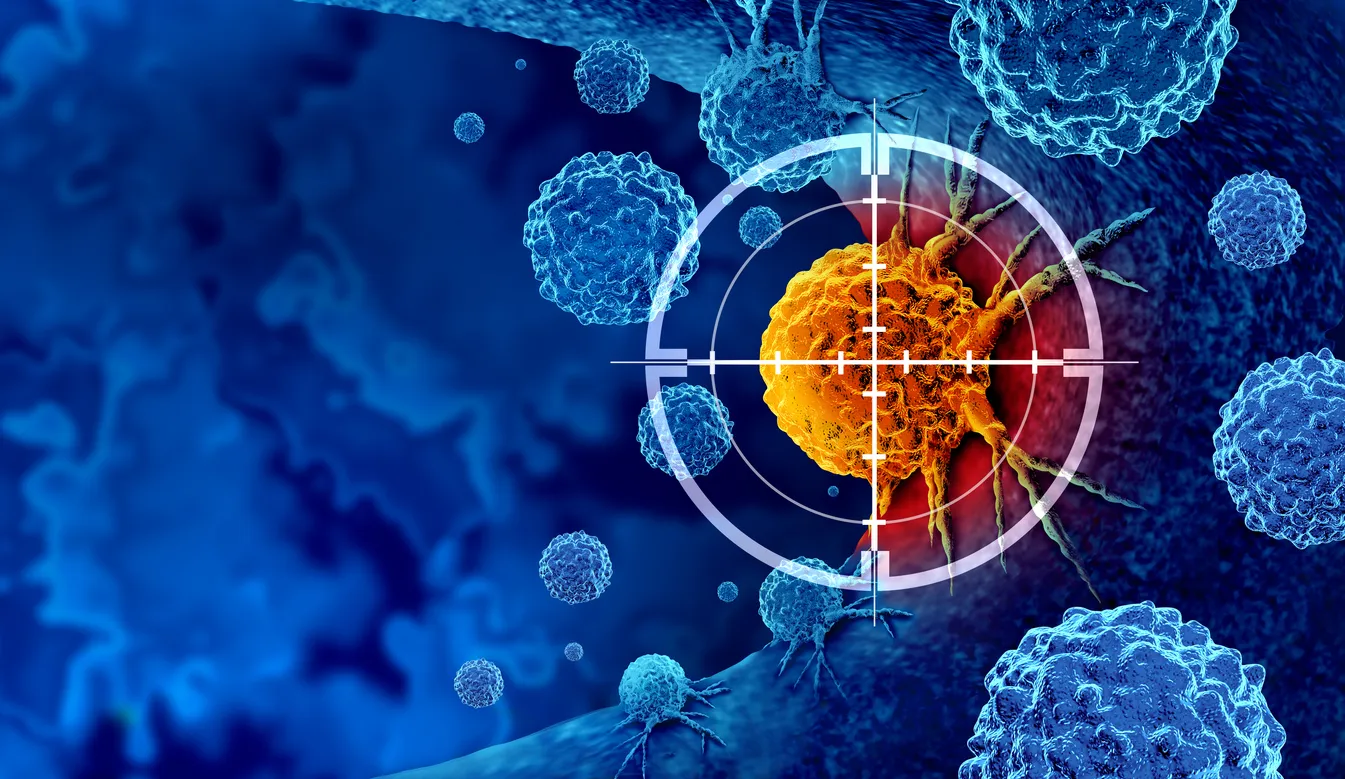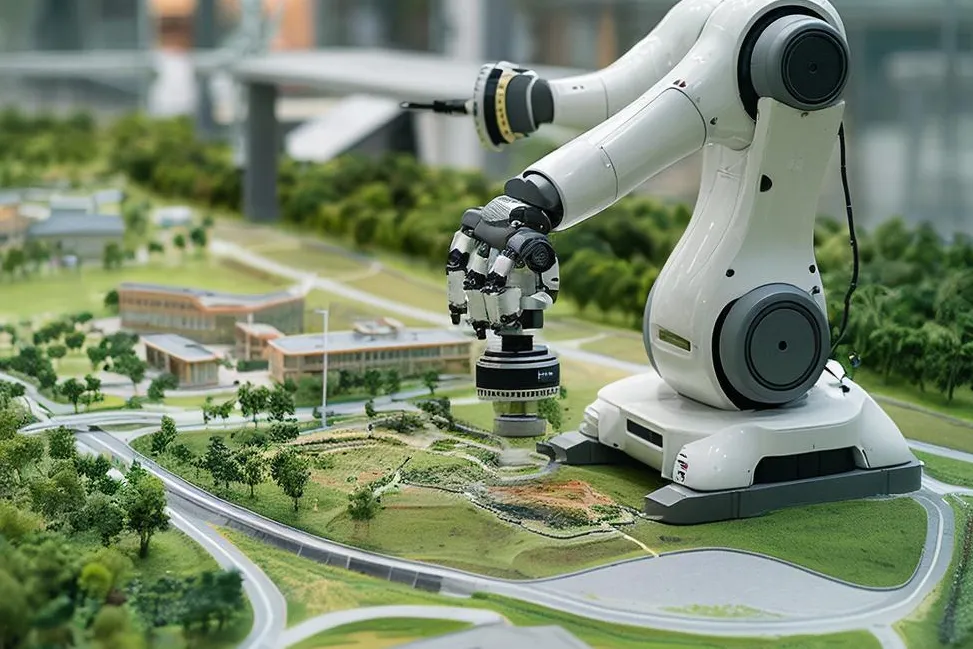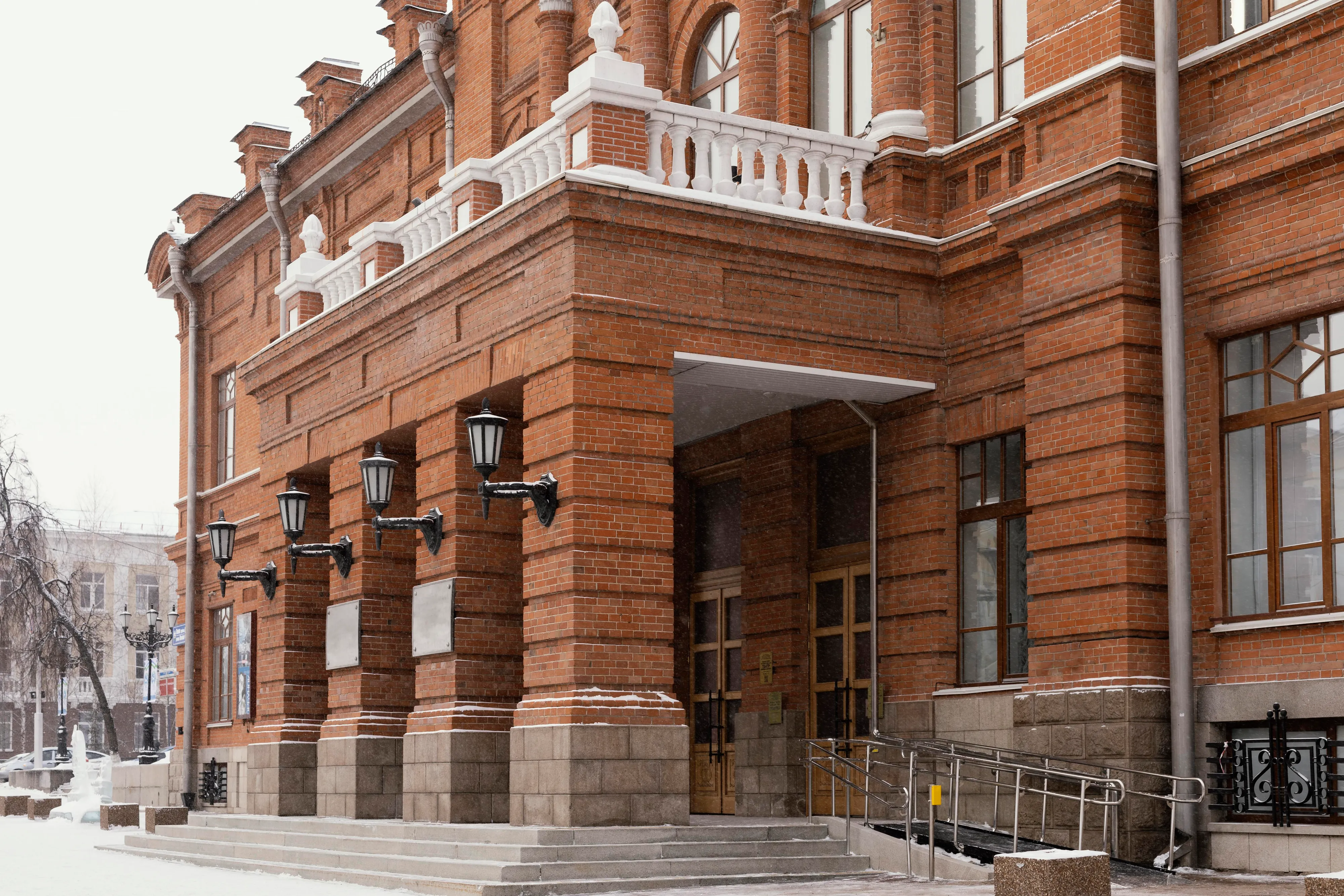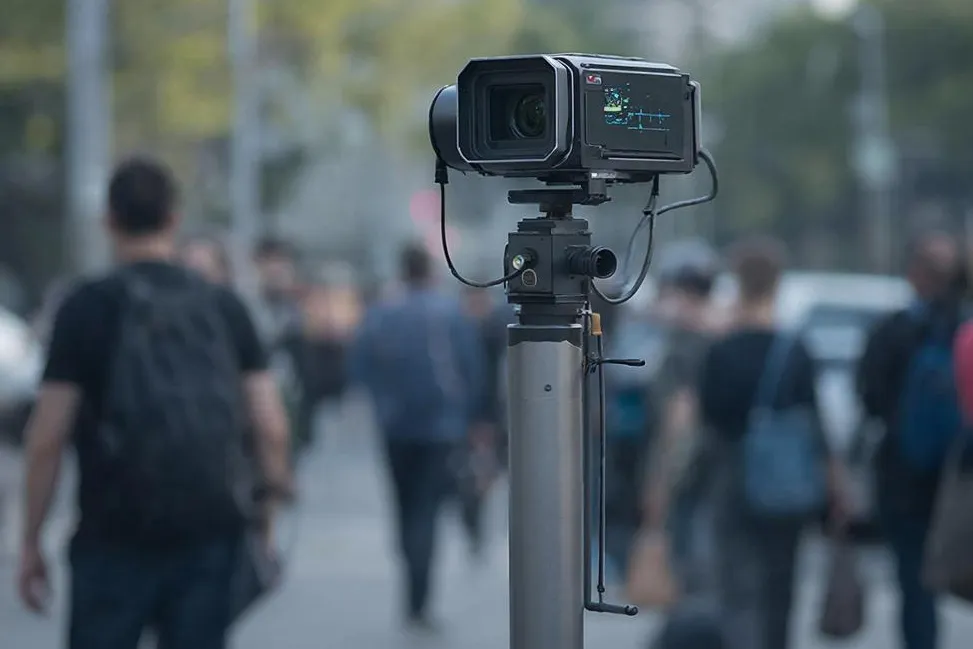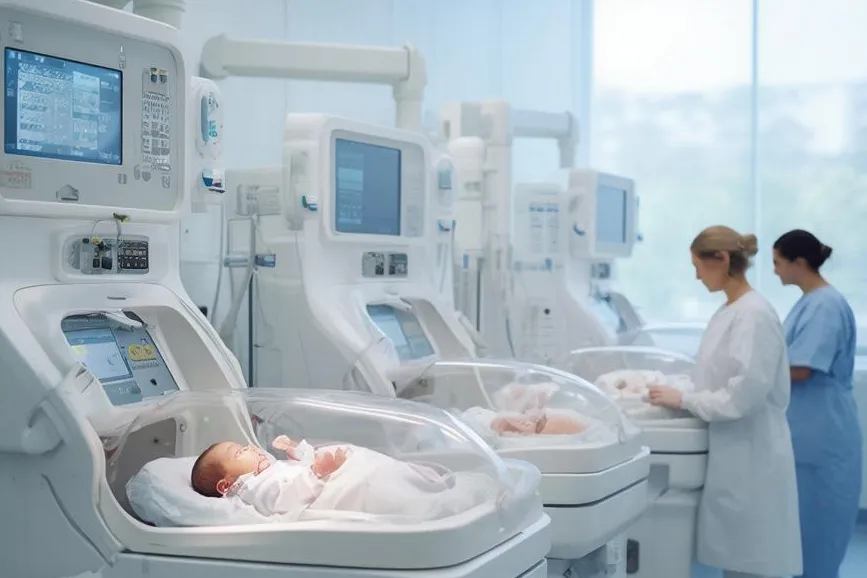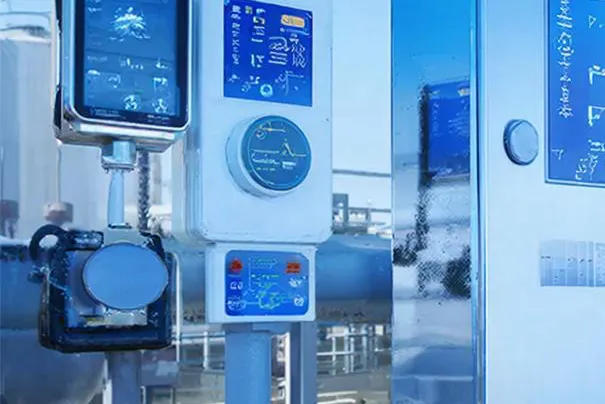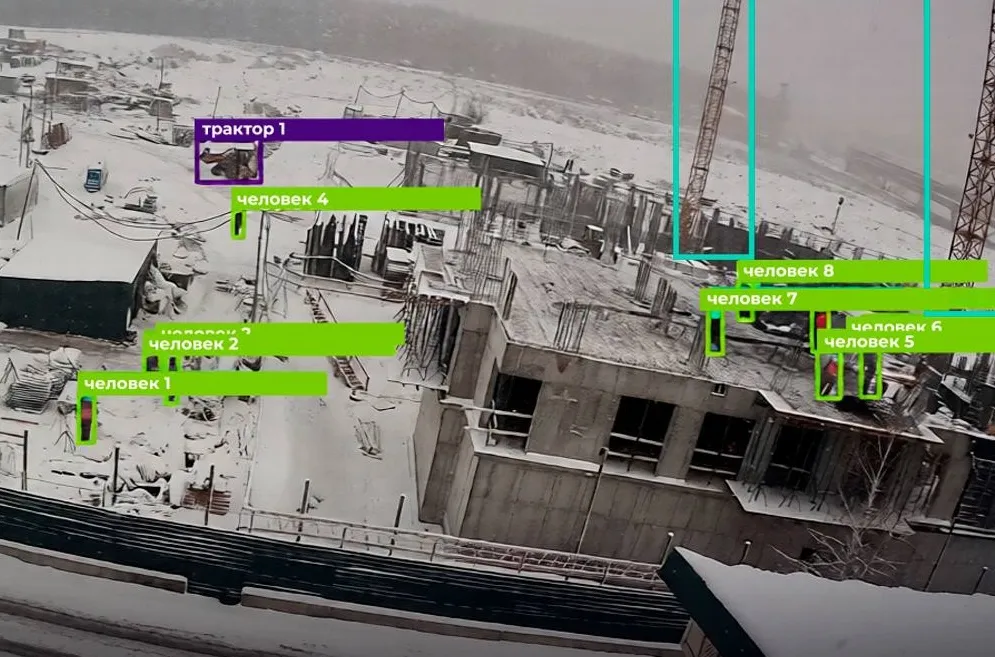Smart Neural Networks Assist Russian Doctors in Detecting Hidden Pathologies
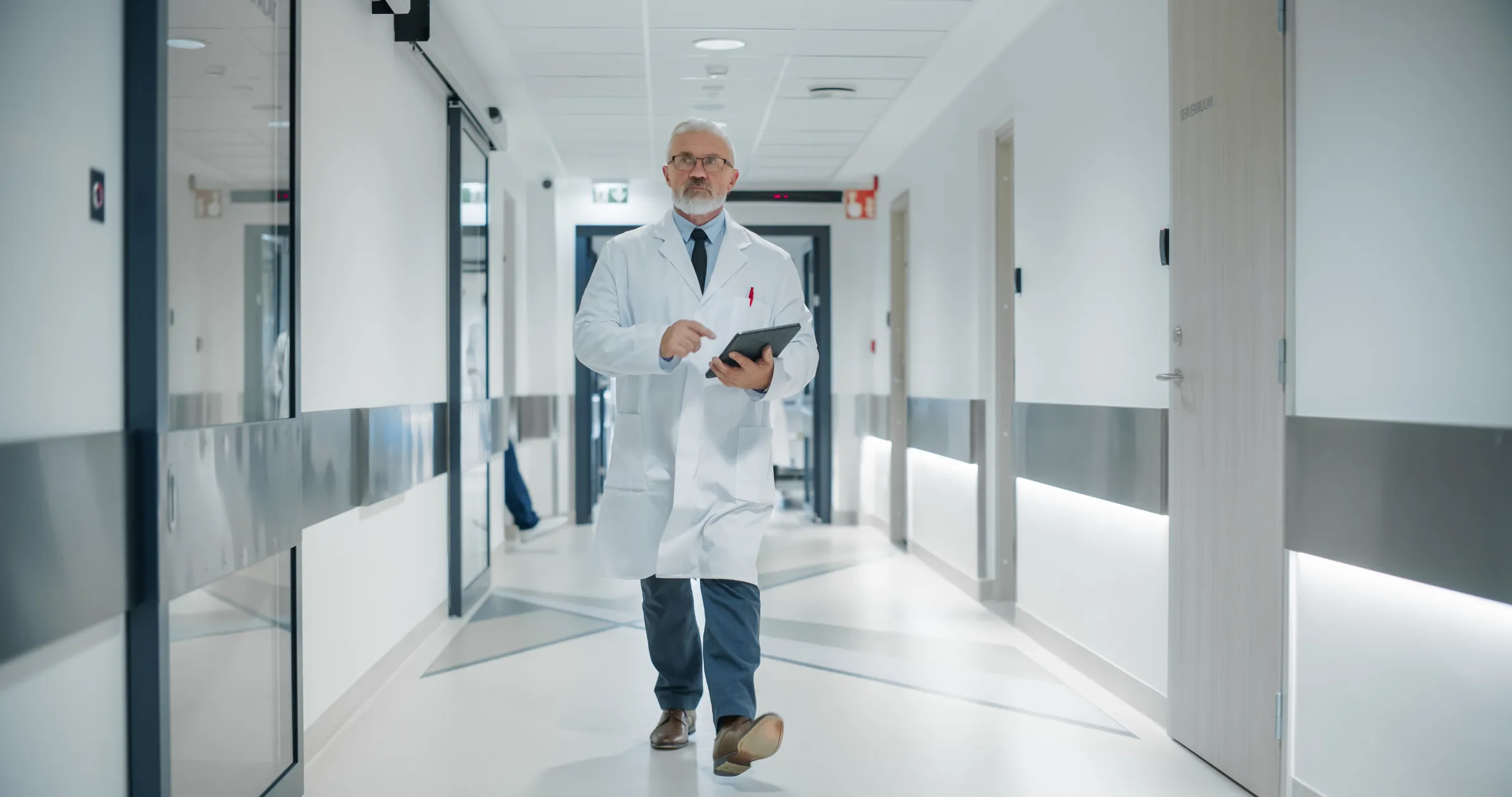
Over a four‑month pilot at the Novy Urengoy Central City Hospital, AI analyzed 350-plus medical images and flagged nearly 200 pathologies—demonstrating significant gains in diagnostic speed and accuracy
AI‑Driven Endoscopy: Real‑Time Analysis and Precision
At the heart of Novy Urengoy’s trial is an AI‑powered neural network integrated into the endoscopy unit. In live procedures, the system processes video frames instantly, highlighting suspect tissue areas for the physician’s review. This real‑time feedback loop allows clinicians to confirm or rule out abnormalities on the spot, reducing the average diagnostic time by up to 30 percent. “The AI doesn’t replace our judgment,” notes the lead endoscopist, “but it points us right to the most concerning regions, so we can focus our attention where it matters most.”
By comparing thousands of reference cases, the network’s algorithms detect subtle visual cues that might elude even experienced eyes—such as early mucosal changes or minute lesions—thereby supporting doctors in catching diseases at their earliest, most treatable stages.
Expanding AI into Radiology and Surgical Planning
Beyond endoscopy, the same AI framework has been deployed in radiology workflows to assist with CT and MRI interpretation. Over four months, more than 350 scans were reviewed digitally, leading to the identification of approximately 190 previously undetected pathologies. This equates to a detection uplift of nearly 15 percent compared to manual reads alone.
In November 2023, the hospital opened a new surgical wing where AI and 3D modeling collaborate to plan complex operations—including intracranial procedures. Surgeons can rehearse interventions on patient‑specific virtual models, optimizing incision sites and tool trajectories before entering the operating room. Early results show a reduction in operative time by 20 percent and a corresponding decrease in postoperative complications.
Bridging the Gap for Remote Communities
Perhaps the most transformative impact lies in extending high‑tech diagnostics to Russia’s remote regions. With limited access to specialist care, patients outside major urban centers often face long waits and travel burdens. By embedding AI systems directly into regional hospitals, diagnostic capabilities are elevated locally, reducing the need for patient transfer and accelerating treatment initiation.
Analytically, the pilot’s next phase will quantify patient‑level benefits: lower hospitalization rates, shortened treatment timelines, and overall healthcare cost savings. If scaled nationwide, Russia’s AI‑driven model promises not only to enhance clinical outcomes but also to serve as a blueprint for other countries seeking to harness neural networks for medical equity.








